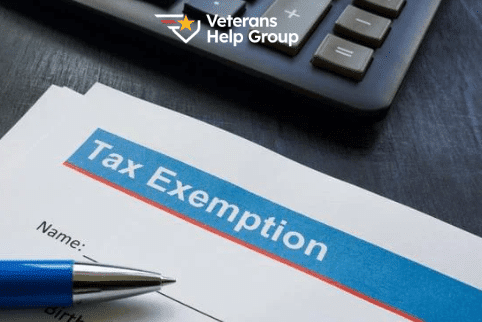
Table Of Contents
VA Disability Ratings for Kidney Disease
Kidney disease can take many forms and cause a wide variety of symptoms and limitations. Kidney failure can cause symptoms you might not think to associate with your kidneys, including shortness of breath, fatigue, irregular heartbeat, muscle cramps and itching.
Kidney disease is more common among veterans than among the general population. The VA provides certain services to veterans with chronic kidney disease, even if the condition is not service-connected. However, to secure VA disability benefits for kidney disease, you will have to show that the condition is service-connected or that there is a secondary connection based on a service-connected condition.
The best way to learn more about pursuing VA disability benefits for kidney disease is to talk to an experienced veterans disability benefits advocate as early in the process as possible. If you do qualify, here’s how the VA rates kidney disease.
Genitourinary System Ratings
The VA disability rating schedule for kidney disease is found in the genitourinary section of the rating section of the Code of Federal Regulations. The ratings assigned are based in whole or part on the glomerular filtration rate (GFR). That’s a measurement that shows how well your kidneys are filtering waste.
Here’s how the ratings break out:
0% Disability Rating
A veteran suffering from service-connected kidney disease will be assigned a 0% rating if their GFR is between 60 and 89 mL/min/1.73 m2 with any of the following:
- Albumin/creatinine ratio (ACR) ≥30 mg/g for at least 3 consecutive months during the past 12 months, or
- Structural kidney abnormalities (cystic, obstructive, or glomerular) for at least 3 consecutive months during the past 12 months, or
- Either recurrent red blood cell (RBC) casts, white blood cell (WBC) casts, or granular casts for at least 3 consecutive months during the past 12 months
A veteran with a 0% VA disability rating does not receive monetary benefits, but is entitled to VA healthcare for the service-connected condition.
30% Disability Rating
A 30% disability rating is assigned for kidney disease when the veteran has GFR between 45 a 59 mL/min/1.73 m2 for at least 3 consecutive months during the previous 12 months. In 2025, a veteran with a 30% disability rating will receive $537.42 in monthly monetary benefits and healthcare for the service-connected condition.
60% Disability Rating for Kidney Disease
A 60% disability rating is assigned for kidney disease when the veteran has GFR between 30 and 44 mL/min/1.73 m2 for at least 3 consecutive months during the previous 12 months. In 2025, a veteran with a 60% VA disability rating is entitled to $1,395.93 in monthly monetary benefits, and broader healthcare services.
80% Disability Rating for Kidney Disease
A veteran is assigned an 80% disability rating for kidney disease when medical records establish a GFR between 15 and 29 mL/min/1.73 m2 for at least 3 consecutive months during the previous 12 months. In 2025, a veteran with an 80% VA disability rating receives $2,044.89/month in monetary benefits and broader healthcare services.
100% Disability Rating for Kidney Disease
A veteran will receive a 100% VA disability rating if:
- Their kidney disease has triggered a GFR of less than 15 mL/min/1.73 m2 for at least 3 consecutive months during the previous 12 months, or
- The veteran requires regular routine dialysis, or
- The veteran is an eligible kidney transplant recipient
At a 100% disability rating, the 2025 monthly monetary benefit is $3,831.30. The veteran will also receive broader healthcare services. If the disability rating is permanent, there may be additional benefits available for the veteran’s dependents.
To learn more about how Veterans Help Group can help you get the benefits you deserve, call 855-855-8992 or fill out our contact form right now.
Learn More About VA Disability Here:
Important PACT Act Update: VA Expands Presumptive Conditions – Easier for Veterans to Get Benefits
Leukemia and Multiple Myeloma Set to Be Added to List of Conditions Linked to Burn Pits
Dependency and Indemnity Compensation (DIC) Rates for 2025
Lesser Known Benefits for Veterans

VA Disability Benefits and Tax Exemptions: What You Should Know
VA Disability Benefits and Tax Exemptions: What You Should Know Written by: Schuyler Swanton,...

Veterans Help Group In The Community
Veterans Help Group in the Community Written by: Bobbi Boudi, Director of Community Outreach, Amy...

The Veterans Appeals Efficiency Act of 2025
The Veterans Appeals Efficiency Act of 2025 Several bills are currently pending in Congress that...





